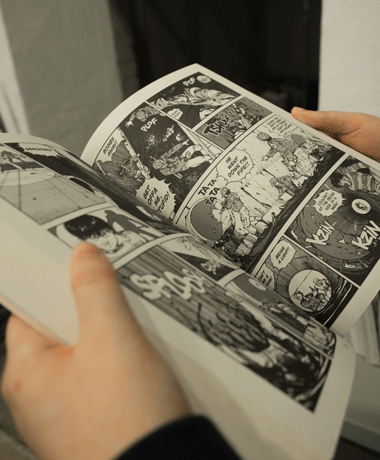Here at All Good Tales we can all agree that the best kind of sleep, is when there’s a really good dream to go along with it. A dream where you escape to a world that is outside of the reality you know, and for a temporary moment in time, anything is possible. Fast forward to the 21 century, the concept of Virtual Reality has brought this idea to life and lets us experience this without having to be asleep.
We first got a glimpse of the VR era, when the Sims came out in 2000. Many of us sat at our TVs marrying our imaginary partners, cleaning our imaginary houses, and feeding our imaginary families. We were able to temporarily leave our world behind and enter an identical virtual one consisting of the same concepts and responsibilities. Something about this was so exciting and almost addicting.
VR is now being used around the world to reach and connect with audiences on a more personal level. Today we see VR being used in various places like major film festivals and even at amusement parks. With VR rapidly on the rise, here are some ways that the world of storytelling is changing in order to ensure that their viewers are getting the best possible experiences when using this new technology.
1. “Thats sick!” not “I’m sick”
Along with the concept of using VR to enter a different dimension, comes a major concern with motion sickness. Some people find it difficult to drive a kilometre without experiencing some sort of motion sickness. So, how do you expect them to enjoy an experience that involves constant motion around them?
Storytelling and what the audience takes away from it are now directly affected by how the material is presented. When it comes to moving shots in the VR world, a “good shot” can be amazing, but an “average shot” can horrible to watch.
Because of this, VR makers must be very careful when creating a scene. Rough or unexpected movements must be avoided. The last thing a storyteller wants is for the viewer’s experience to be interrupted by feeling unwell. This can result in displacement of the meaning of the message and have the viewers distracted by discomfort. Storytellers must keep in mind that when working with VR, a good story will be meaningless if the message is delivered poorly.

2. Connection Lost
VR is unique because it lets you experience a situation from a first person point of view. We saw this first in the gaming world, with videos games that let you play in first person. You only saw your character’s hands and were free to roam your battle ground with no boundaries. The real world was gone, and you were now in a Zombie Apocalypse fighting for your life.
However, rolling this concept over when trying to tell a story can serve as a bit of a challenge. When an audience is viewing something like a movie, they’re always looking for a main character to connect with. This way, the movie and its storyline will be more impactful. The viewer will walk away feeling more personally connected with an experience.
When storytelling through VR, you are given the identity of the main character. You are moving and reacting in way that the VR is telling you to. This means that are you unable to connect with a main character. Your identity as a viewer is being taken away too. This method of storytelling eliminates your individuality. It tells you who to be, how to act, and how to react in the VR world.
Storytellers must adjust this VR concept, so their viewers can pick and chose which characters to connect with. This will allow them to create a more genuine experience with a story. Many viewers want to keep their identity as the viewer and just want the position of where they are viewing from to change.
3. Empathy, empathy, empathy
Looking at something from a VR perspective, alters our feelings. It changes our perceptions and makes us more vulnerable than your average viewer. Storytellers are taking advantage of this concept, and using the opportunity to build empathy within its audiences through VR.
A VR experience transitions a person from viewer to experiencer within a matter of seconds and makes them more likely to be affected by a certain situation. Hands-on experiences like the ones VR can give you, make you feel like you’re actually apart of an experience. This small shift can make viewers feel more connected to a message. This is due to the experience being more personal.
When someone connects with a message through VR, they go from being the viewer, to being an experiencer, to becoming an advocate about a certain topic. This outcome is valuable to someone who is trying to tell a story. They want to have their audience connect with the ideas they are putting out. By taking advantage of the VR world, storytellers can put what they’re passionate about. They can achieve this by building empathy and passion within their audiences.
The world of VR is just getting started and will only continue to defy all concepts of reality as it continues to flourish. Good storytelling will always be vital to the success of VR. So by keeping these aspects in mind, we are setting ourselves up for a future that is out of this world.
